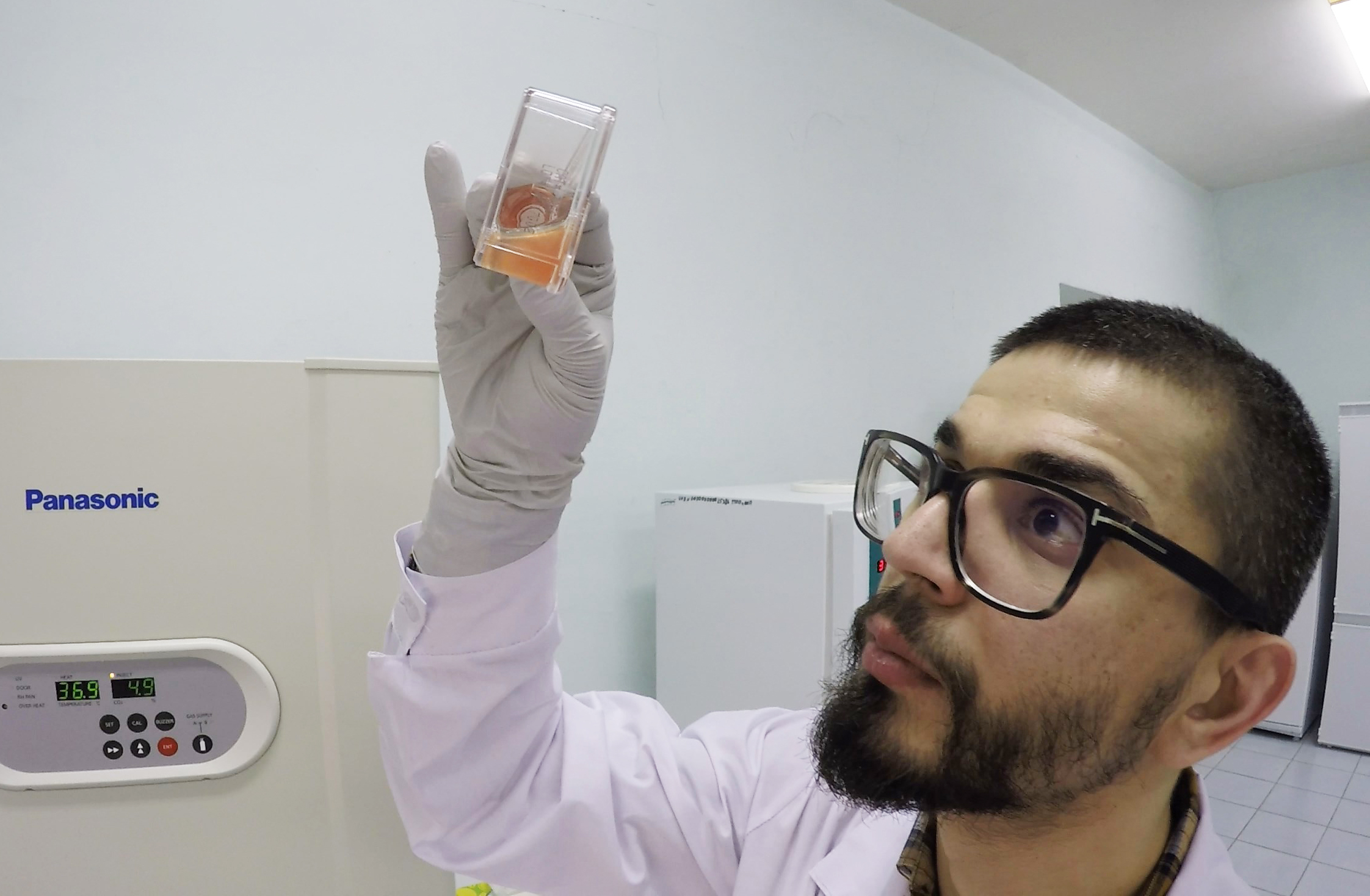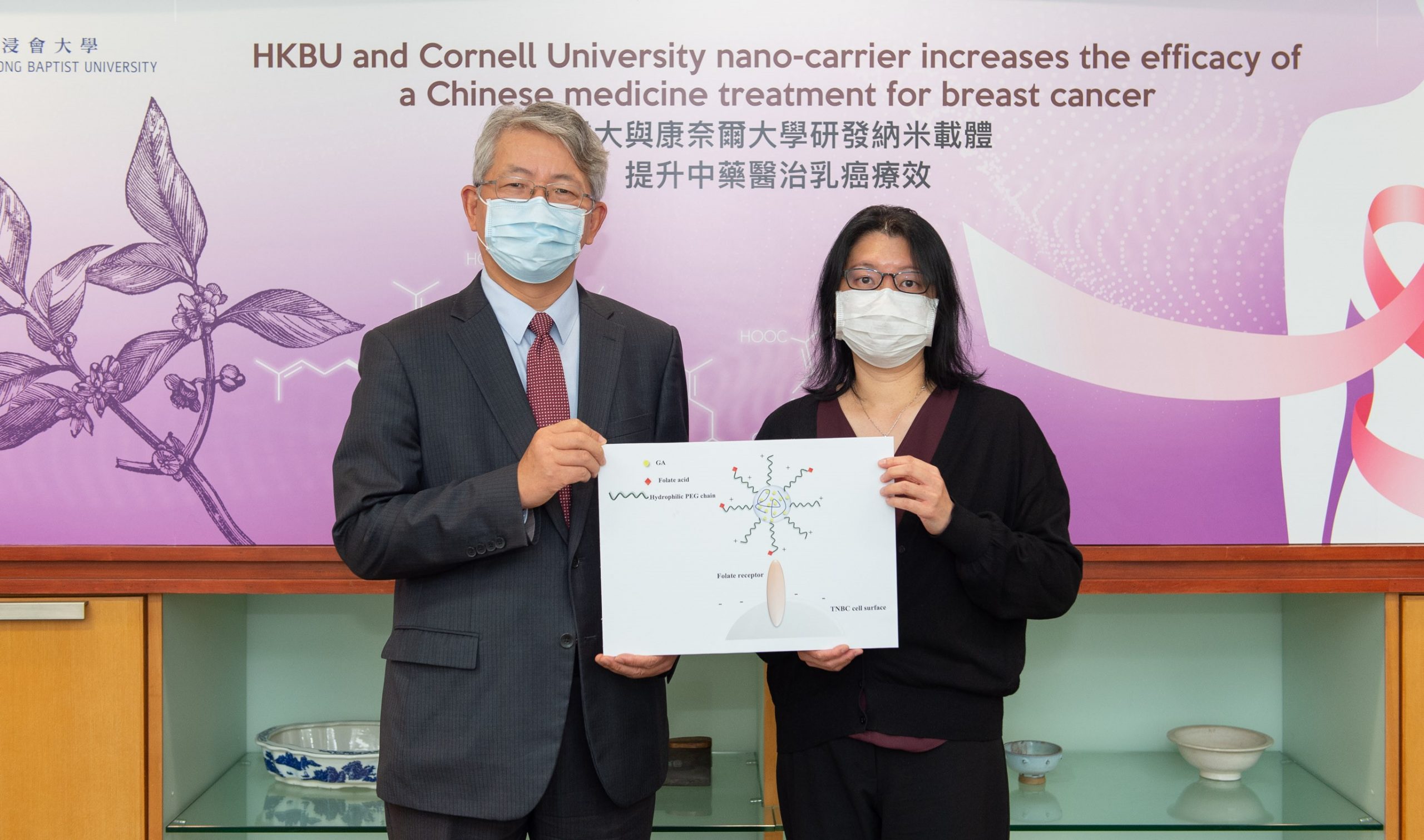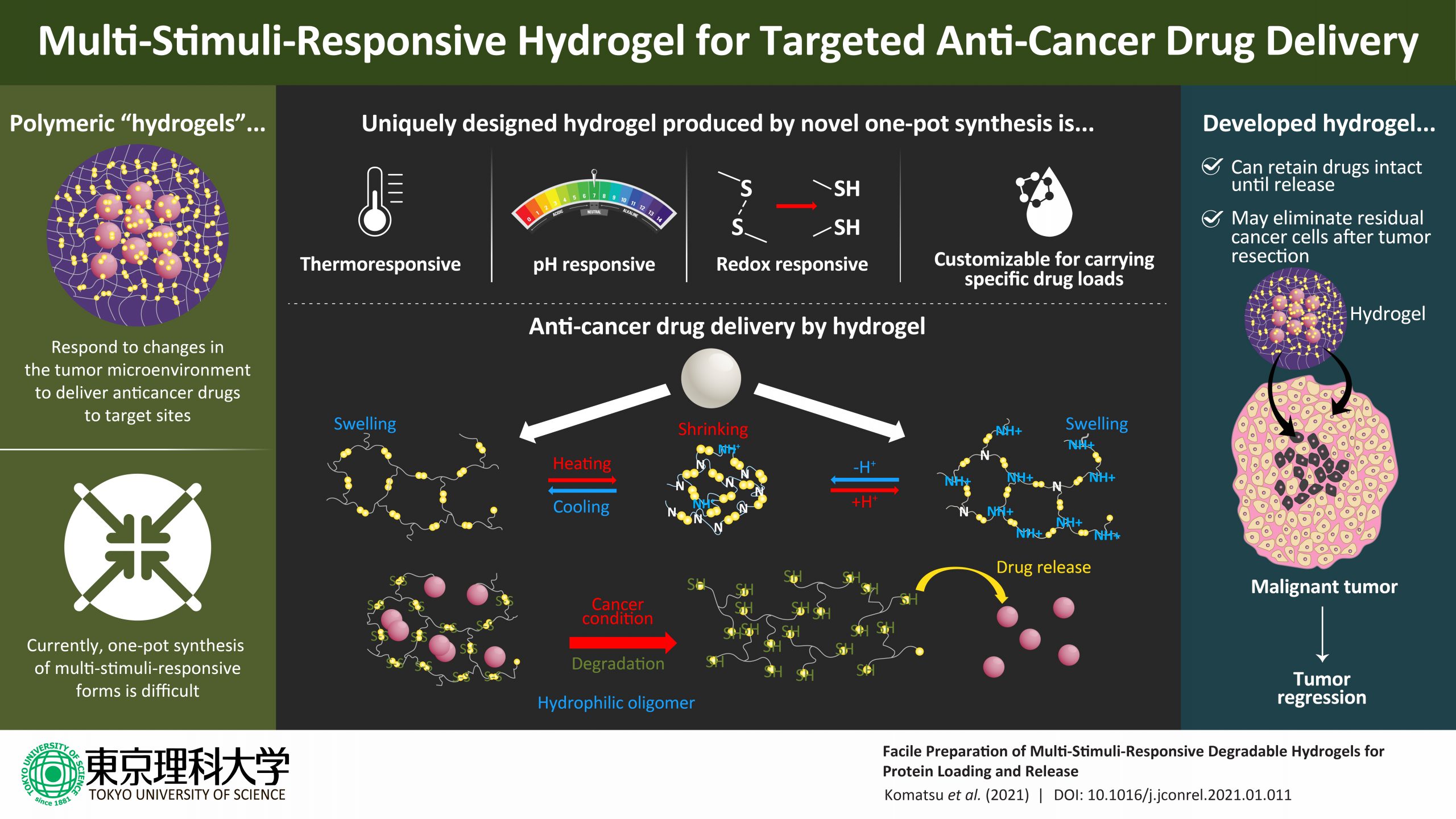Specialists of the Center of Medical Chemistry of Togliatti State University in collaboration with colleagues from Saint Petersburg State University and University of Florence (Università degli Studi di Firenze) have found a new pro-apoptotic agent – a substance capable to suppress the growth of malignant tumours.
In March of this year, the specialists of TSU, SPbSU and UoF conducted a joint research study that resulted in new chemical substances from the group of sulfonamides that inhibit the activity of carbonic anhydrase (CA).
Carbonic anhydrases (CAs) – is an important class of enzymes in the human body that are responsible for the regulation of various physiological processes, ensuring the constancy of the internal environment of the cell in terms of CO2 level and pH –balance. A cancer cell, unlike a normal one, has various mechanisms for survival, one of them being an increased expression of carbonic anhydrase.
In an unfavourable environment, a cancer cell begins to intensively express (synthesize) carbonic anhydrase on its surface, which “acidifies” everything around, killing healthy
cells and creating conditions for tumour growth.
In search of new carbonic anhydrase inhibitors, scientists from two countries received an unexpected result.
” This time we tried a new class of inhibitors, which should have had a slightly different
mechanism of carbonic anhydrase inactivation. Unfortunately, our substances did not work according to this mechanism, but it turned out that one of the compounds had an activity that did not correlate with the activity of carbonic anhydrase. This is how we discovered a new pro-apoptotic agent – ” Alexandr Bunev, director of the Center for Medical Chemistry, said.
Apoptosis is one of the most conservative mechanisms of cell death, which is necessary for maintaining cellular homeostasis*. In a normal cell, it is triggered in the case of some disorders or damage, while the cancer cell does everything to suppress apoptosis.
” A cancer cell does not need apoptosis, on the contrary, it acquires some resistance to this
process due to incorrect mutations and divisions. From this point of view, apoptosis inducers – chemicals that can affect also tumour cells and induce (cause) apoptosis in them – represent a fundamentally interesting mechanism of action in modern antitumor, including targeted drugs, ” Alexander Bunev explains.
Scientists conducted a series of tests to confirm that under the influence of the new compound, cancer cells entered deep apoptosis. Studies have also allowed experts to assume that the resulting substance is able to intercalate (penetrate) into Deoxyribonucleic acid (DNA).
This gives a certain failure in the division, and the cell is forced to go into apoptosis, even if it has some algorithms for bypassing it, –Alexander Bunev says.
The results of the scientists’ joint work from Togliatti, St. Petersburg and Florence are published in the European Journal of Medical Chemistry (Q1), which provides coverage to
the original research works in the main fields of medicinal chemistry.







